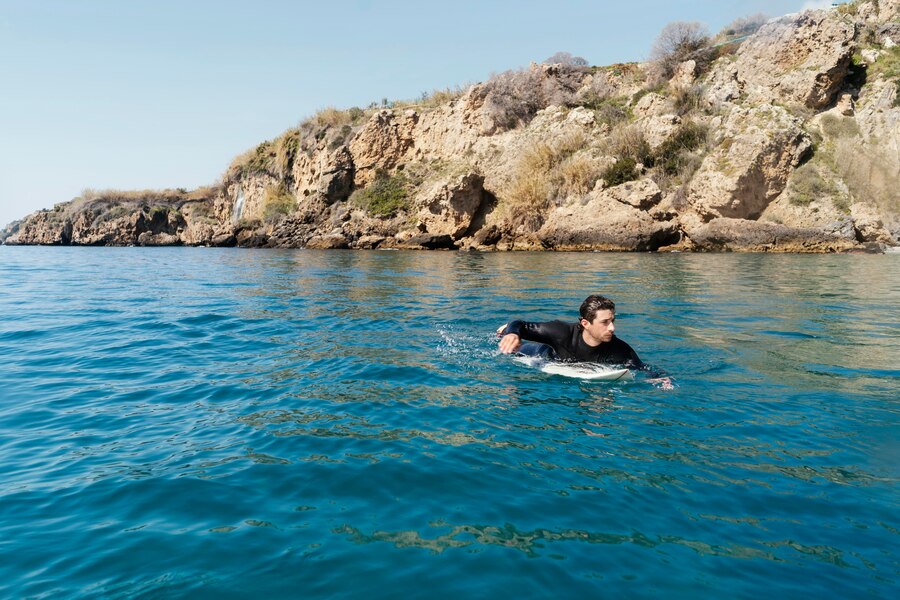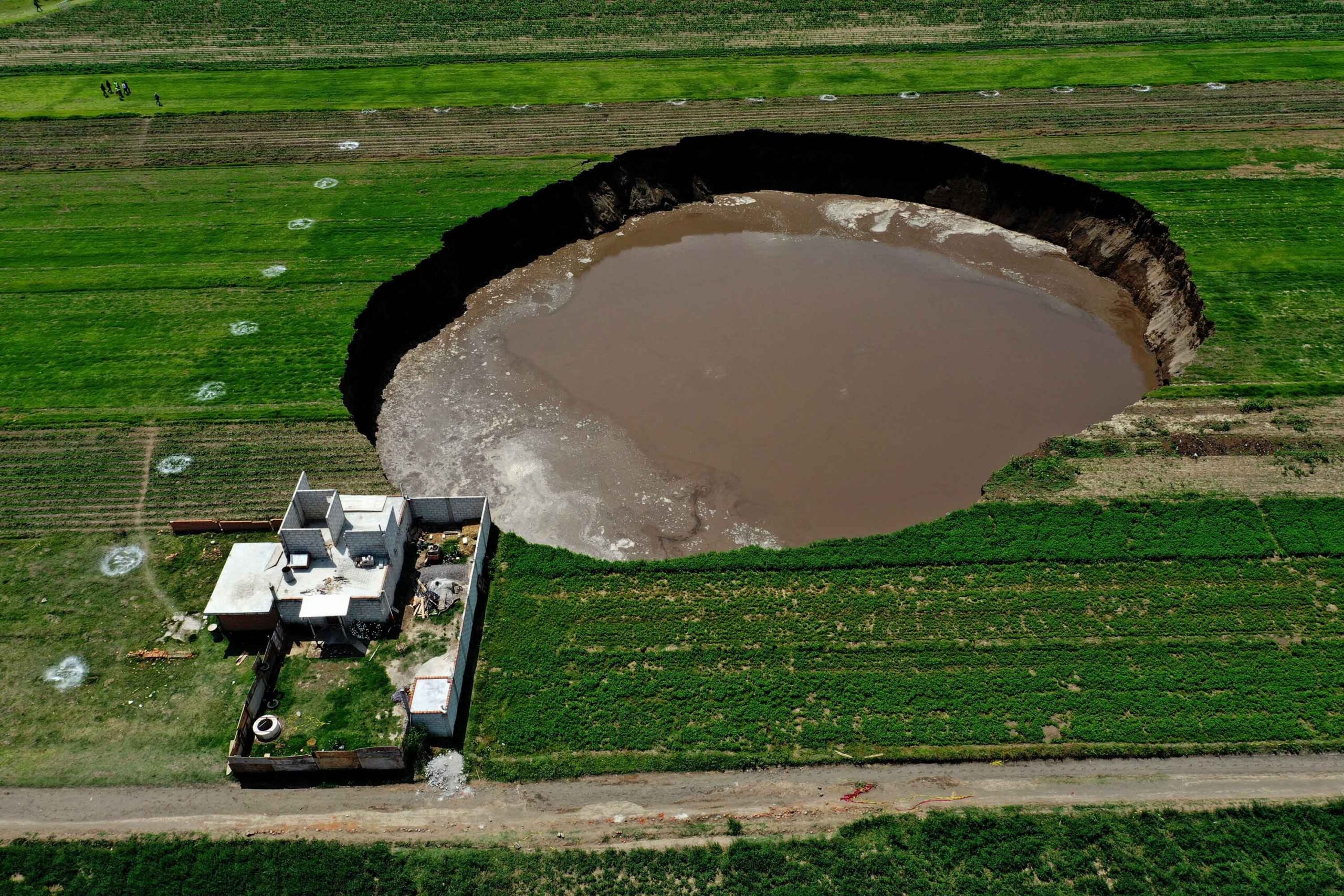What began as a routine search for a legendary lake monster in Turkey’s Van Lake became an extraordinary archaeological discovery, capturing the world’s attention. Turkish divers, intent on finding evidence of the elusive creature rumored to dwell in the lake’s depths, uncovered a 3,000-year-old mystery that fascinated historians and scientists alike.
The Search for the Lake Monster
Van Lake, Turkey’s largest body of water, has long been mysterious. Locals have whispered tales of a gigantic creature lurking beneath its surface for decades. Known as the Van Lake Monster, this mythical beast is said to resemble a prehistoric reptile, with numerous sightings reported over the years. While skeptics dismissed the monster as nothing more than folklore, a team of divers decided to investigate the legend.
Equipped with advanced diving gear and underwater cameras, the team embarked on their mission. The murky waters of Van Lake, with its unpredictable currents and vast, unexplored areas, provided the perfect setting for an adventure. The divers hoped to capture definitive proof of the lake monster’s existence but found something far more astonishing instead.
A Submerged Fortress
Their cameras captured something unusual as the divers explored the lake’s depths. At first, it appeared to be a natural rock formation, but upon closer inspection, the team realized they had stumbled upon the ruins of a submerged structure. Excitement quickly grew as they recognized the distinct outlines of ancient stone walls, partially obscured by layers of sediment.
The divers had uncovered the remains of an ancient fortress, dating back over 3,000 years to the Urartian civilization. The Urartians, who thrived in the region from the 9th to 6th centuries BCE, were known for their impressive architectural feats, particularly in constructing fortresses and other monumental structures. This discovery was significant, as it suggested that the fortress had been deliberately built on the shores of Van Lake, only to be submerged over time as the water levels rose.
The 3,000-Year-Old Mystery
The discovery of the fortress raised several intriguing questions. Why was it built so close to the lake? Did the Urartians know of the rising water levels, or was the fortress’s submersion an unforeseen disaster? The site also presented another mystery: inscriptions on some stones were unlike any previously discovered Urartian script, sparking debate among historians about their origins and meaning.
Further exploration of the site revealed various artifacts, including pottery, tools, and fragments of ancient weapons. These findings provided invaluable insights into the daily lives of the Urartians and their advanced level of civilization. However, the inscriptions remained a puzzle, with scholars speculating that they could represent a lost dialect or an entirely new language.
A New Chapter in Archaeology
The discovery of the submerged fortress has opened a new chapter in the region’s archaeology. Researchers are eager to explore more of Van Lake’s depths, believing other ancient structures may be hidden beneath the waters. The fortress has also reignited interest in the Urartian civilization, shedding light on a period that still needs to be fully understood.
While the divers did not find the Van Lake Monster, they uncovered something far more valuable—a tangible connection to a civilization that existed thousands of years ago. The 3,000-year-old mystery of the submerged fortress continues to captivate the imagination of people worldwide, reminding us that the earth’s waters still hold many secrets waiting to be discovered.





